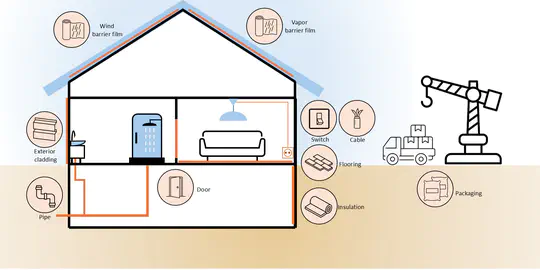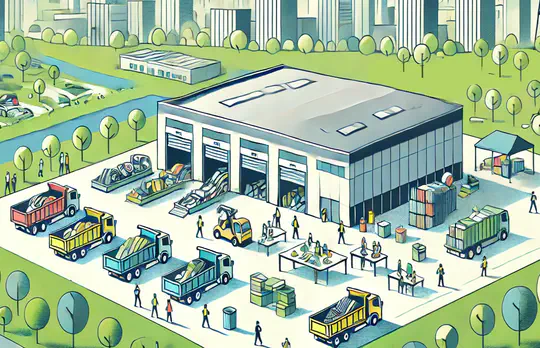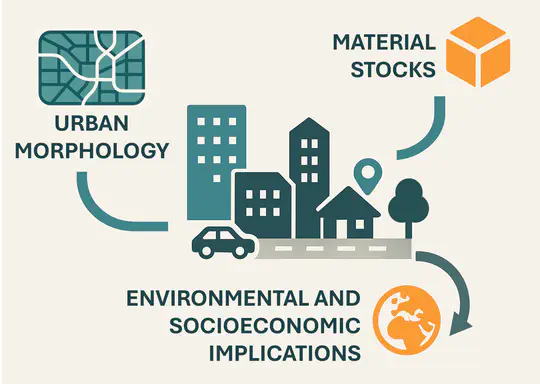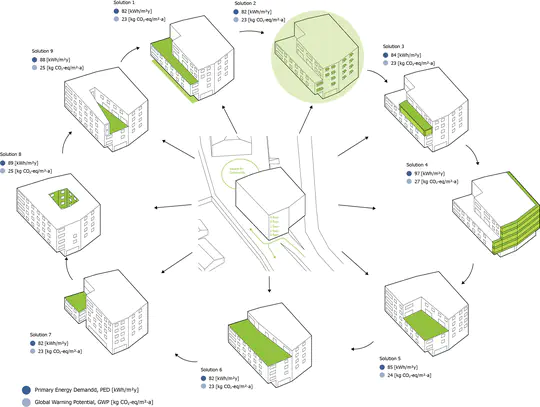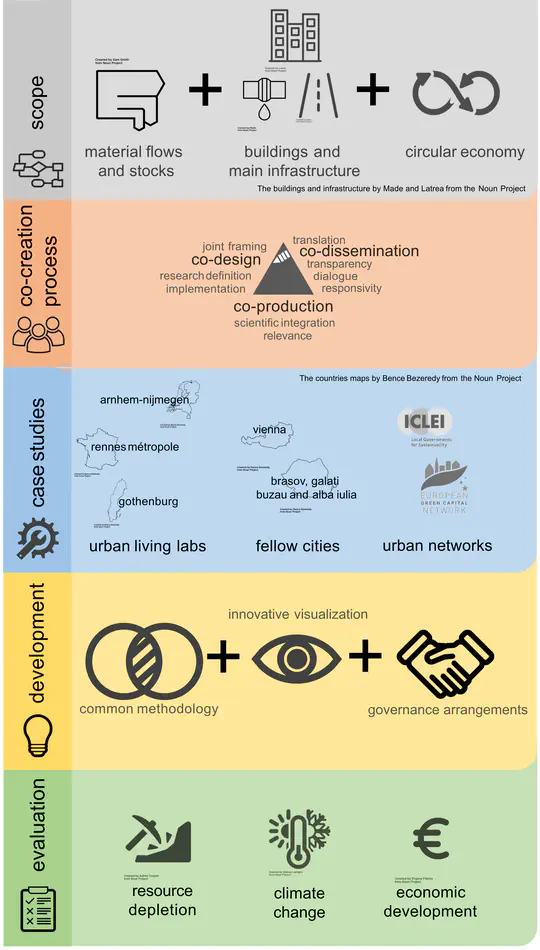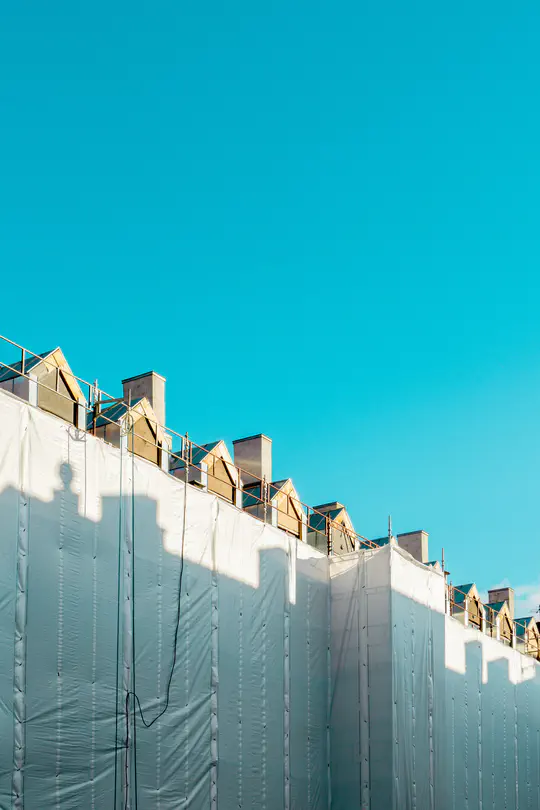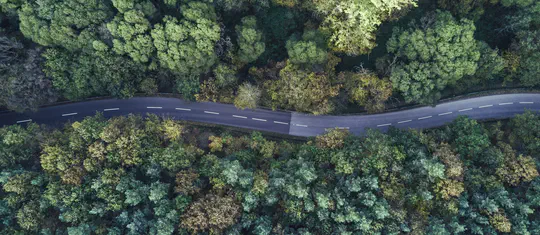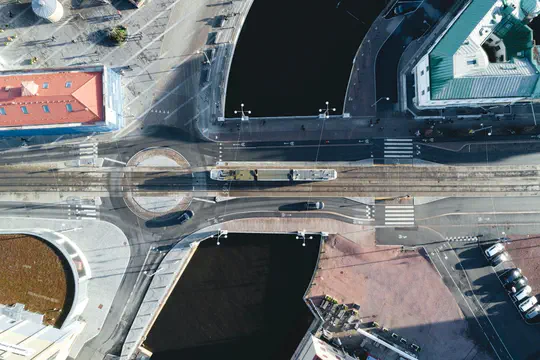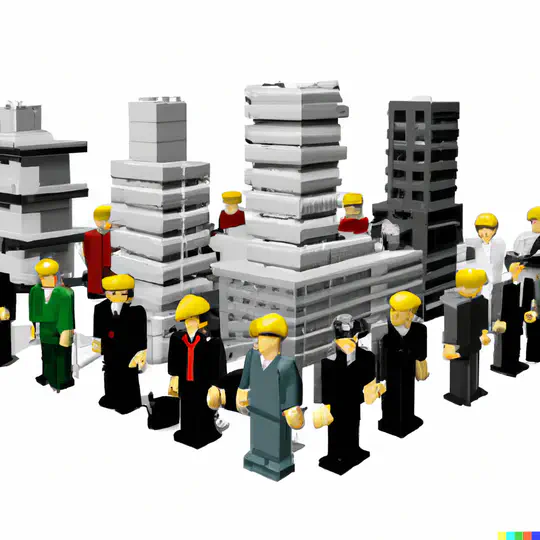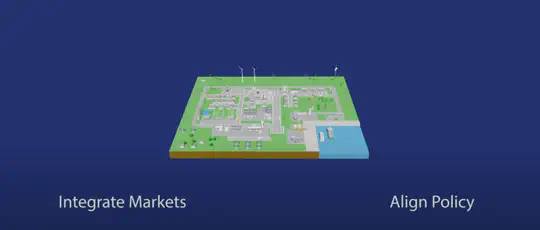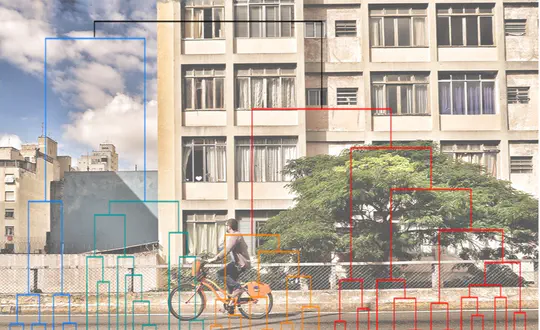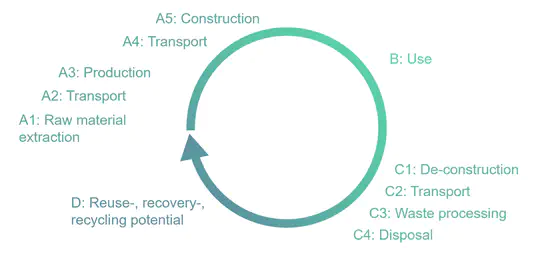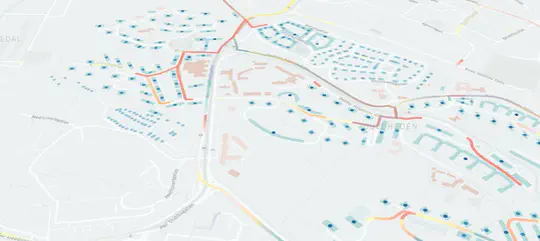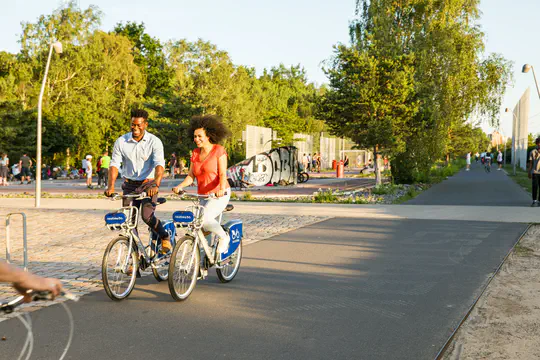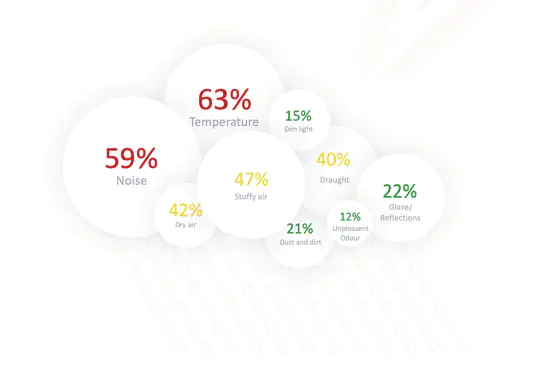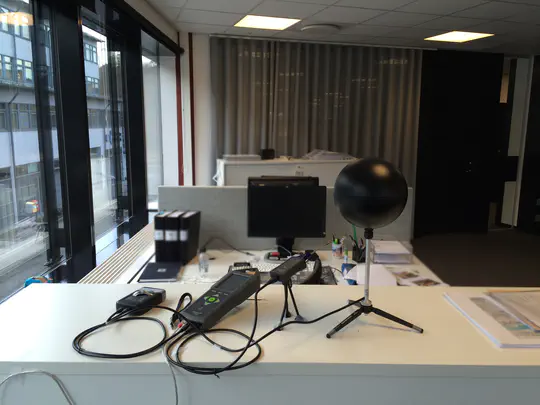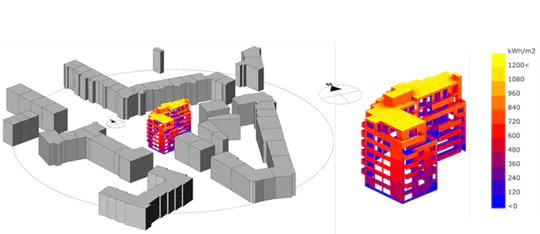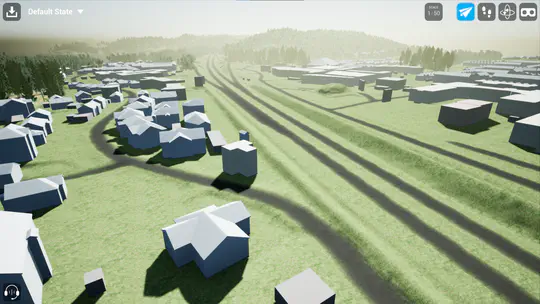Teaching
.js-id-teaching_courses
In this world of big data, basic data literacy is an increasingly valuable skill. This holds true in the field of sustainability, where extensive datasets are published across various sustainability topics. This course aims to give theoretical and practical knowledge in how to select, analyze, and interpret sustainability data and models, in basics of data management, and in how to extract valuable insights and build effective data-driven storytelling that inform decision-making processes. This course is tailored to the challenges pertaining to systems thinking and sustainability.
The aim of the course is to equip students with the necessary skills and abilities to carry out design for sustainable building, integrating environmental, functional, technical, and aesthetical qualities in a design concept. Furthermore, they shall be able to cooperate over professional boundaries in the design processes. They are also expected to be able to formulate and communicate their main ideas and goals orally and in written form.
The aim of the course is to deepen the skills in using simulation tools for the integrated performance optimisation of an architectural design project. Performance criteria can include energy demand, daylight, thermal comfort, embodied carbon, amongst others. The students can choose to optimise an own design of a building or urban project that they developed in a previous course, or they can use the case study provided by the teachers. The design optimisation process will be based on and driven by knowledge gained using the simulation tools.
The master course aims to provide in-depth knowledge on the concepts of Life Cycle Engineering and sustainable design in the built environment.
